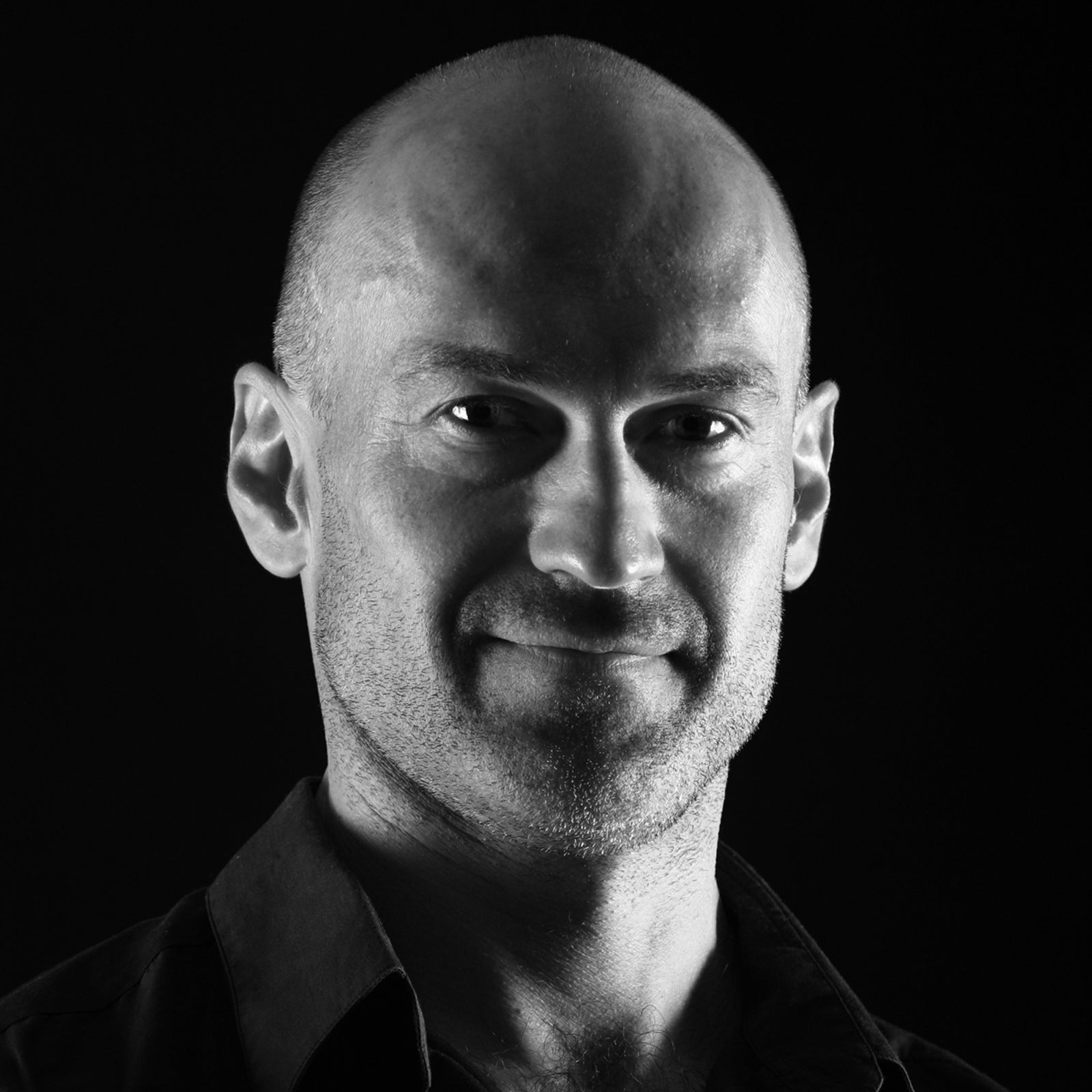Pavel Tsatsouline is the founder of StrongFirst, which offers strength-training courses and certifications in multiple countries. Born in the former USSR in the city of Minsk (now part of Belarus), he was a physical-training instructor for Spetsnaz, the elite Soviet special-forces units, in the 1980s. He later became a subject-matter expert for the U.S. Marine Corps, the U.S. Secret Service, and the Navy SEALs. He’s also widely credited with introducing the now ubiquitous kettlebell to the United States in the late 1990s.
In an episode of the , Tsatsouline and Ferriss discussed tips to improve strength, power, and endurance, as well as the importance of balancing performance with rest. In a follow-up episode, Tsatsouline . Here’s an excerpt of their conversation, edited by �����ԹϺ���.
Ferriss: People looking to improve their fitness can easily find themselves taking a very scattershot approach, where they’re fed a lot of recommendations from many different people. What should be their priority?
Tsatsouline: As long as the person has their required ability and symmetry, the priority is always strength. But the first step is to assess your mobility with a functional movement screen (FMS), which is going to find out how mobile you are and also how symmetrical you are. So as long as that’s dialed in, that’s in place, then you have to get strong. Strength is the mother of all physical qualities.
What would be the best training method to build strength and overall fitness?
The answer, without any doubt, is . When one tries to develop all fitness components, like strength, endurance, flexibility, and power, using the same modality, usually they end up with a whole lot of compromises. But the kettlebell, when used correctly, allows you to avoid this problem and develop all these components to a high level.
We even have an expression in the kettlebell world: the what-the-hell effect. Let’s say that you’re doing kettlebell exercises and suddenly you go out and test yourself at something you’ve not been practicing. And it turns out you can do more pull-ups, you can walk with a heavier weight much faster, you can lift a heavier weight off the ground. That’s the what-the-hell effect.
For a specific training program, I recommend three high-yield exercises that also have the steepest learning curve. They are: the one-arm swing, the get-up, and the goblet squat. Just do these three exercises, and I guarantee that you’re going to get a great return on your investment.
I once called you for some training advice, and you told me, “When in doubt, train your grip and your core.” Could you elaborate on that? Because it’s not advice that many people have received.
Well, there is such a thing called irradiation. What it really means is that if you contract a muscle, the tension from that muscle’s gonna spill over to the neighboring muscles. So try this: Make a fist, and feel the tension in your forearm. Now make a tight fist. You’re going to feel tension in your biceps and triceps. Now make a white-knuckle fist. You’re going to find that tension is spreading into your shoulder, your lat, your back, and so on. Certain areas of the body have this great overflow of tension, and the gripping muscles are among them. We have special techniques where you increase that pressure and maximize your power. That’s one way that we can increase your strength.
What are the most counterproductive misconceptions about strength training?
Well, number one is that idea that you have to go to failure every time you train. I’ve done a very thorough analysis of the Soviet weightlifting methodology from the sixties through the eighties, the glory days. And I found that they typically did one-third to two-thirds of maximal repetitions per set. So what does that mean? Let’s say that you’re using a weight that’s your ten-rep max. Ten is all you could do if you pushed yourself very hard. They would do three to six reps, consistently.
Any tips for developing conditioning?
Let’s start with efficiency. That means posture and relaxation. If your head is sticking forward, for example, your running speed and endurance is going to be compromised. So work on your posture.
In the Soviet Union, it was a standard practice for all kids in grade school to practice relaxation exercises. And it’s the same practice that has stayed with all the athletes all the way to the Olympics. These exercises are very simple—they pretty much mean shaking your muscles out. So start shaking your arms, shaking your legs, vibrate them, and imagine that you’re trying to shake water off your limbs. Practicing this exercise regularly between sets of your strength exercises is going to go a very long way toward endurance and making you faster.
The next item would be strengthening your respiratory muscles or breathing. In our kettlebell practice, we do something called the biomechanical breathing match. So say we’re performing a set of swings. On the way down, we sharply inhale into the abdomen through the nose, so you’re inhaling against the resistance of your muscles and against the resistance of the weight. And on the way up, you’re forcefully exhaling, as if you’re striking. That’s how we strengthen our breathing muscles.
You talk about how important it is in exercise, sports, and life to be able to switch yourself on and off. What are techniques that make this possible for anyone?
It’s true that most people exist between the on and the off switch. They’re unable to really turn on, and they are unable to really switch off and enjoy some rest. One old technique for doing this is called . It involves lying down and progressively tensing all your muscles and then relaxing them in a particular order that makes you aware of the tension and the release of tension.
Throughout the day, and during your training, you should also be particularly aware of your facial tension. Meditation and breathing exercises from yoga are also definitely helpful.
What habits allow people to have balance with priorities? What are the things they do that other people don’t do?
Well, I think one thing is calm. These people are calm. Because people who are hyper, they get so trapped in their reactive modes. They get too trapped in the everyday minutiae of their work and their existence, so they just do not pause, and they do not think. Calm is contagious. So when a person is calm, then he or she has the time to meditate, reflect, set the priorities, and set the balance.


